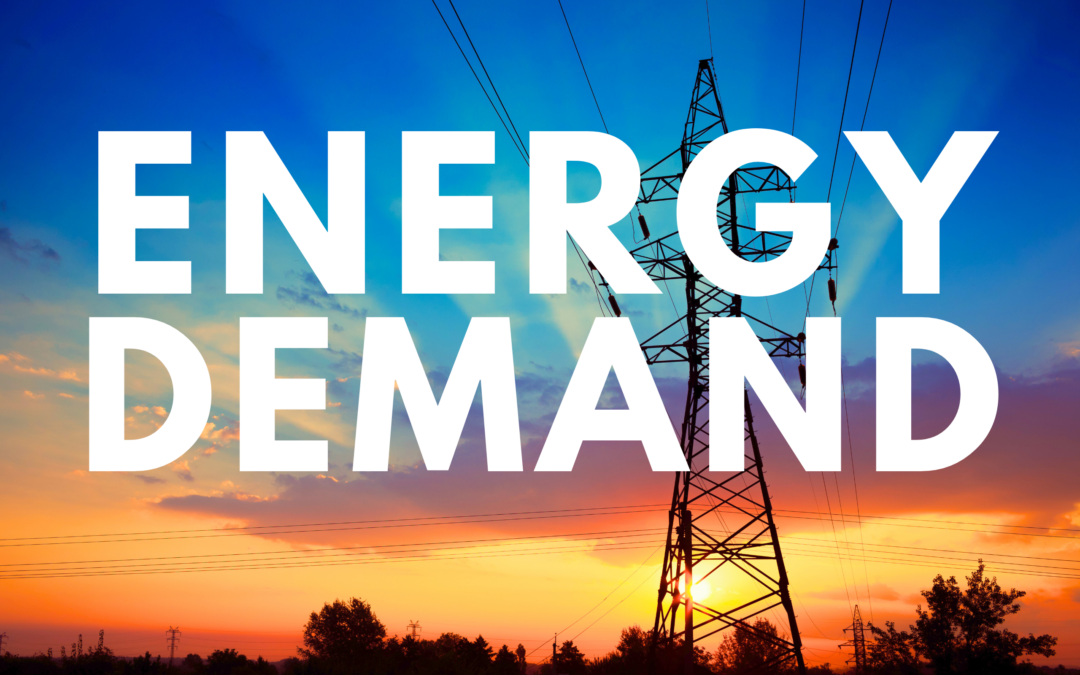Grid operators at ERCOT as well as their counterparts nationwide find themselves rushing to adjust demand forecasts — in significant part because of data center growth.
________________________________________________

Find out more about ERCOT in this glossary and primer, created in 2022 by the Oncor Cities Steering Committee.
Fueled by the rise of artificial intelligence platforms, a rapid expansion of computerized data centers is rocketing up electricity demand in Texas, according to a recent media report.
Published April 18 in the Dallas Morning News, the report notes that grid operators at ERCOT as well as their counterparts nationwide find themselves rushing to adjust demand forecasts — in significant part because of data center growth. The newspaper noted that recent projections by consulting firm McKinsey and the International Energy Agency show that power loads from data centers will double by the end of the decade, and that such loads already consume about four percent of the nation’s power.
Quoted in the newspaper, ERCOT CEO Pablo Vegas said the rapid speed at which data centers are coming online is unprecedented. “Historically, you’ve always been able to have years to contemplate a massive manufacturing facility coming online — now we’re seeing 500- and 700-megawatt data centers being built in a year,” he said.
THE BACKGROUND
Data centers are physical facilities that house routers, switches, firewalls, storage systems, servers and other computerized technology. Many are associated with artificial intelligence applications, although they can be used for other purposes as well. According to data compiled by the state’s Comptroller’s office, Texas already is home to scores of data centers. You can find that data here.
Speaking to the Morning News, Austin-based energy consultant Doug Lewin agreed that data centers – combined with new semiconductor plants, crypto currency mining operations and West Texas oil production – will drive much of a projected 6 percent rise of demand through 2030. “Some of (that demand) will come, some of it won’t,” Lewin said. “But even if it’s just one third of that, in five to six years’ time — that’s shocking.”
Currently, ERCOT has about 330 gigawatts of generation projects in its interconnection queue — mostly solar and battery projects — that potentially could meet its growth projections. The Texas Legislature also has committed $5 billion for low-interest loans to facilitate the construction of new natural gas plants.
Whether all that new generation shows up remains an open question, however. Rep. Randy Webber, R-Friendswood, has said he and other GOP lawmakers were increasingly concerned about the power demands from AI and from electric vehicles, which will require the construction of hundreds of thousands of charging stations around the country. “We don’t have a big enough grid to support all the energy demand we have now,” he told the newspaper.

